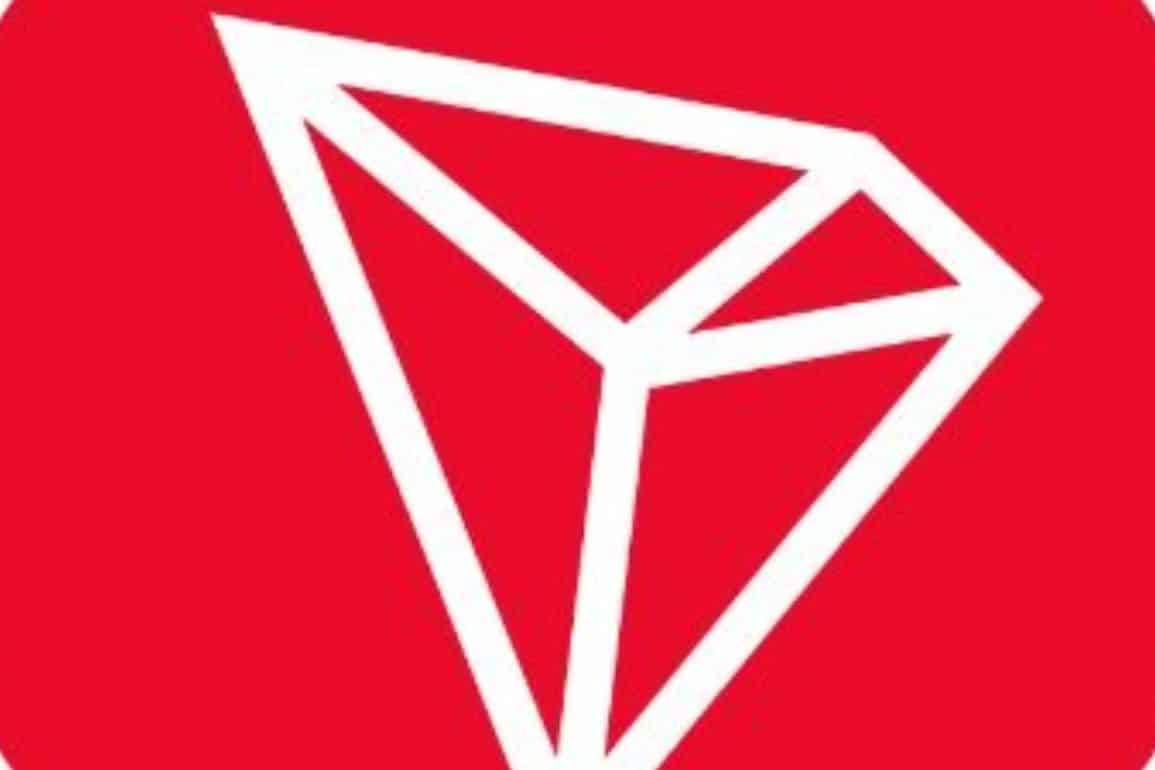- Summary:
- A report by Crypto Carbon Ratings Institute has revealed that TRON is the most eco-friendly network. We give you the facts and figures.
The Tron Network has emerged as one of the most eco-friendly blockchains in the entire Web3 ecosystem, according to a report by Crypto Carbon Ratings Institute (CCRI). According to the findings of a study conducted by CRI, a research organization whose primary focus is on reducing carbon emissions associated with cryptocurrency projects, the TRON blockchain does a better job of optimizing its ecological footprint than Ethereum, Bitcoin, Solana, Cardano, Avalanche, Algorand, and a significant number of other common cryptocurrencies.
PoS and TRON’s stellar performance
According to the study, the TRON network’s innovative Delegated Proof of Stake (DPoS) consensus process is responsible for its small carbon footprint. Bitcoin and Ethereum, two types of Proof-of-Work blockchains, need more than 83 and 22 million kWh of energy respectively. In comparison, TRON only uses 162,868 kWh of electricity each year. That’s 99.9% less energy than Bitcoin and Ethereum need.
To put that into perspective, TRON uses as much power as 15 average American homes. Bitcoin and Ethereum, on the other hand, suck up enough power to support 8.5 million and 1.6 million American homes, respectively. The most successful networks, according to the paper, are those that advance decentralization while maintaining a small carbon footprint, as this will allow them to guide the global community toward a more sustainable future.
Furthermore, TRON outperforms other “greener” blockchain networks. When compared to other blockchains like Solana, Cardano, Algorand, and Avalanche, it is still a better eco-friendly option. The carbon footprints of the three blockchains are 934.77, 286.41, and 243.52 tCO2e, respectively. However, the TRON network only produces 69.47 tCO2e of emissions.
To validate transactions on the TRON network without a dedicated hardware node, users stake TRX, the native token. Nations are becoming more concerned about climate change and global warming. Therefore, they will likely continue to incentivize businesses, projects, and individuals to transition away from high-energy output solutions. Energy efficiency is another area in which TRON DAO has proven to be a frontrunner, paving the way for a greener, more efficient economy.
In December of 2021, the TRON network reached full decentralization and transitioned to a community-run DAO. TRON just unveiled USDD, a decentralized stablecoin that is heavily collateralized. Currently, there are more than 100,000,000 active users on the network, and the number continues to grow.


